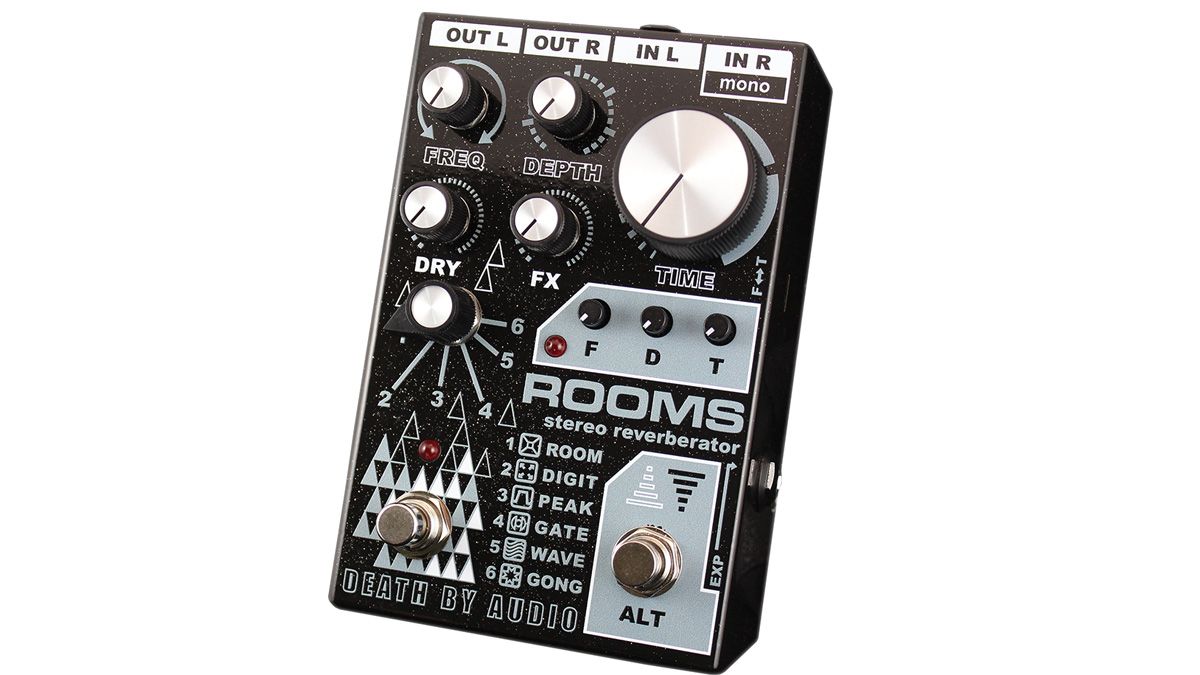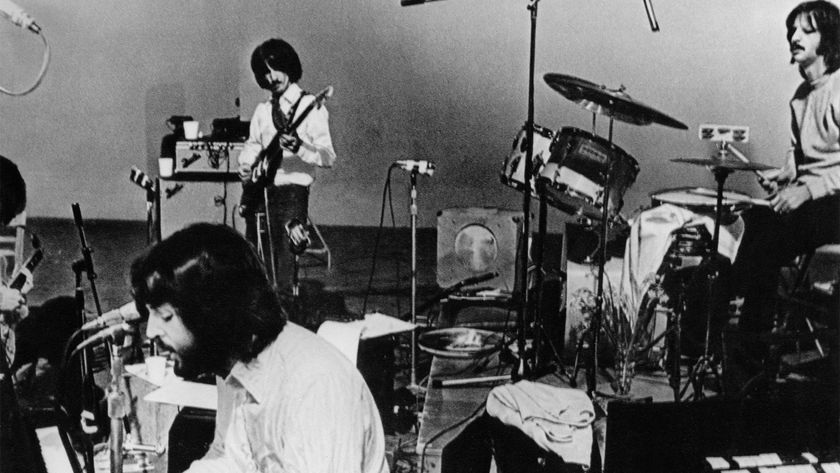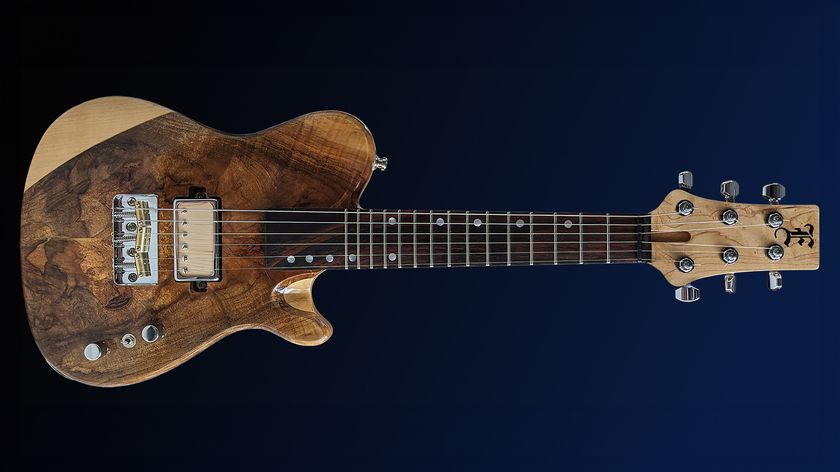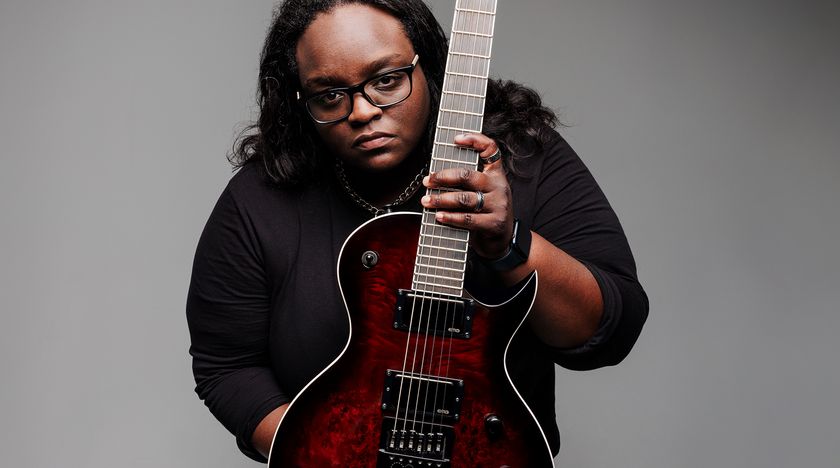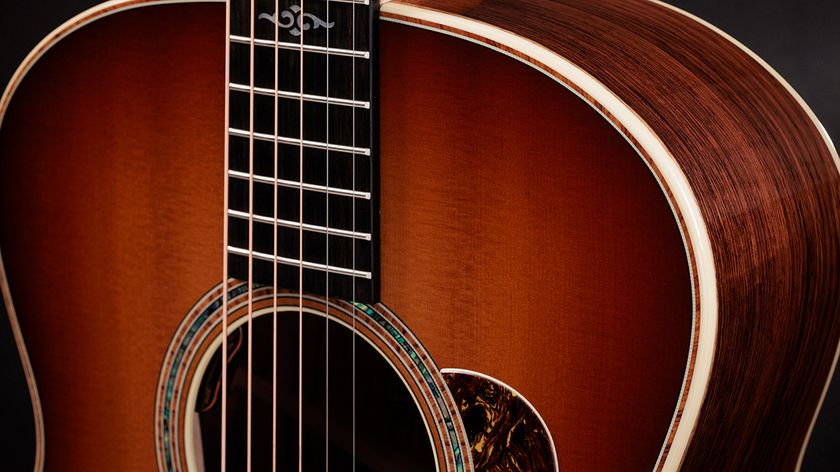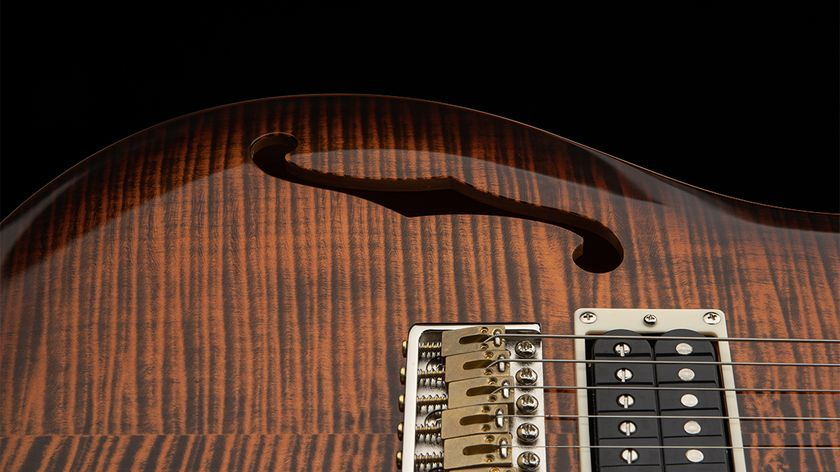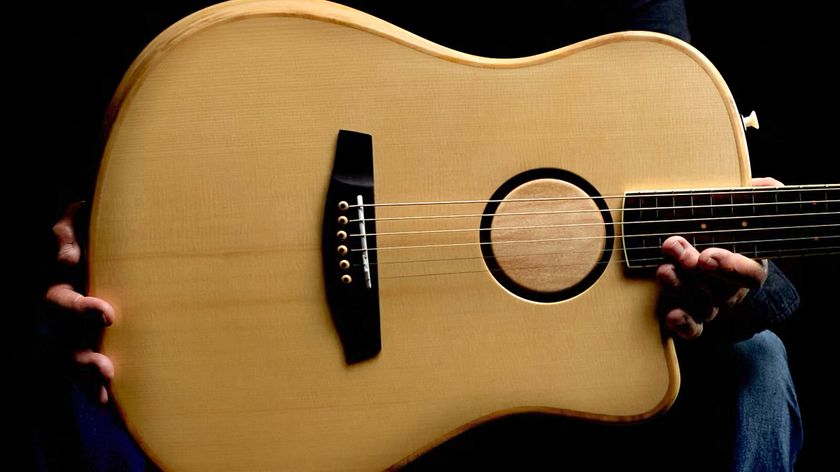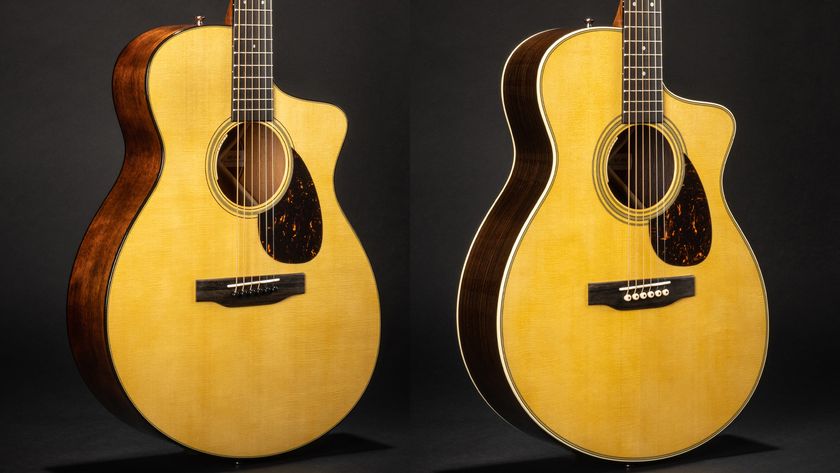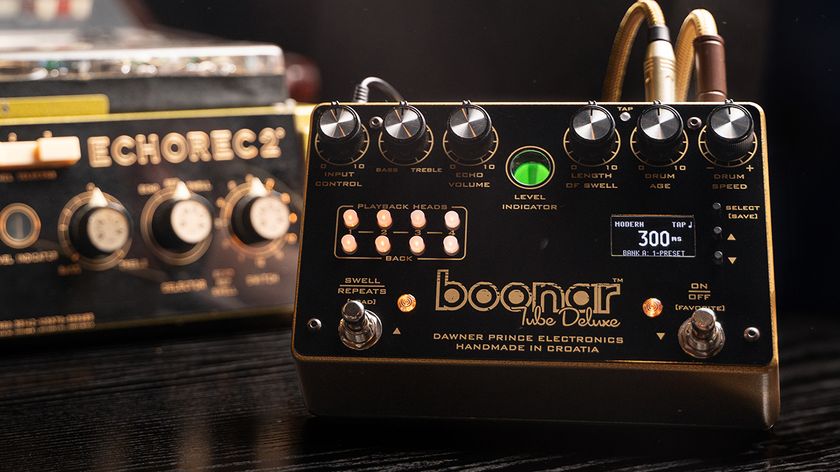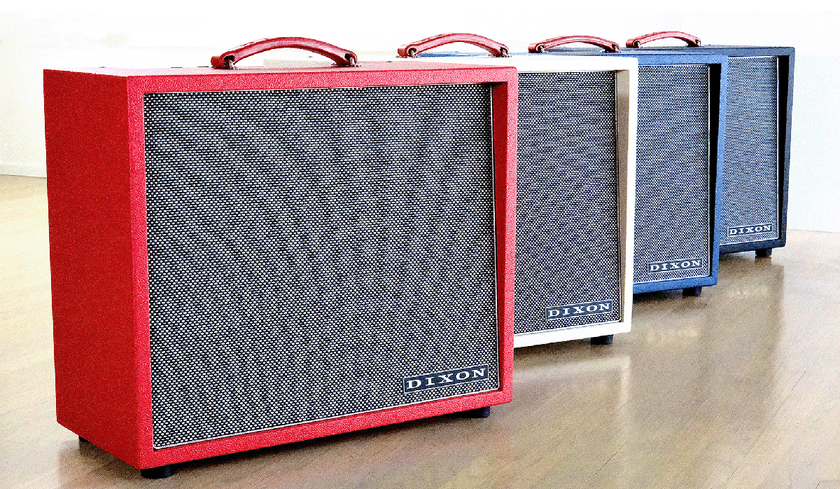GuitarPlayer Verdict
This is a stereo reverb with some spectacular tricks up its sleeve, with secondary functions and expression pedal inputs making it a neat choice for the adventurous player looking to their reverb as a performance tool. There are all kinds of sounds to be had, from conventional to far out.
Pros
- +
Tons of variety and versatility.
- +
Great-sounding stereo reverb pedal.
- +
Plenty of special effects.
- +
Lush traditional sounds.
Cons
- -
No ability to load and select presets.
You can trust Guitar Player.
Based in Queens, New York, and founded by Oliver Ackermann – guitarist and singer for the band A Place to Bury Strangers – Death by Audio has been designing creative, high-quality effects pedals since 2002, but the brand’s reputation has grown considerably in more recent years.
We raved about DBA’s powerful Deep Animation envelope filter in GP’s May 2018 pedal issue, and this month we’re reviewing the company’s feature-laden Rooms pedal, a multifunction digital reverb that promises myriad depths to explore.
It would seem the deluxe digital reverb category might be a challenging one to enter at this stage in the game, given the number of impressive units already on the market, but right out of the box, the Rooms pedal appears to offer plenty to make it worthy of your consideration.
Notable among these are that great blend of styling and functionality that will already be familiar to many users of other relatively complex pedals from DBA.
As such, the pedal packages a wide range of functions in a way that’s immediately clear and concise once you start twisting knobs (the instruction card explains all knob and switch functions extremely well). Better still, there are no menu screens to negotiate or laborious toggling to deal with.
Even with a thorough exploration of its capabilities, I came away feeling I’d barely scratched the pedal’s surface, while uncovering a plethora of super sounding reverb effects in the effort
The inspiration for Rooms’ design came from Ackermann’s search for the perfect reverb unit. “I use reverb on everything and have tried every pedal and processor under the sun,” he tells us, “always searching for the perfect reverb sound and the way to control it. We designed Rooms to satisfy every wish and desire I wanted in a touring reverb pedal.”
Housed in a box measuring 5.5 by 3.65 by 1.9 inches (excluding feet and knobs), it’s no bigger than a standard larger-format pedal yet carries eight control knobs, a rotary mode switch, two foot switches, and five jacks for stereo inputs and outputs and expression-pedal connection.
The chameleon-like heart of Rooms is found in the mode switch, which selects between six different reverb algorithms: Room accesses classic studio-style room reverbs, Digit is a filter-matrix reverb, Peak combines a band-pass filter and ambient reverb, Gate is a gated reverb with a lot of variability, Wave blends vibrato and reverb, and Gong offers percussive modulated reverbs and special effects.
Other controls include freq (frequency parameter of current mode), depth, time, dry (volume of dry signal, up to 20 times gain), and FX (volume of reverb signal, also up to 20 times gain).
In addition, the freq, depth, and time controls are doubled by mini-pot knobs labeled F, D, and T, which are engaged when you stomp the alt foot switch, which also engages the expression pedal, selectable for use with either the freq or time parameter in this mode.
In addition, the main freq and depth knobs control different parameters according to the reverb mode currently selected: Freq accesses decay tone in Room mode, for example, and depth controls filter resonance in Peak mode (the instruction card details all of these). The inputs and outputs offer a great amount of connectivity, too.
Plugging a mono instrument signal into the right input splits the dry signal to both outputs while cascading the reverb signal in stereo (or out in mono via the right output). Plugging a stereo signal into the inputs retains the individual left/right dry signals at the outputs, along with stereo reverb. Power comes from a standard negative-tip nine-volt DC converter (not included).
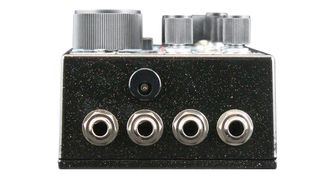
I tested Rooms with a number of guitars into two 1x12 combos in stereo (a Friedman Dirty Shirley and a custom tweed Deluxe-style creation) and into either combo in mono and via the Friedman’s loop. I also DI’d into a recording interface and through my studio monitors.
Even with a thorough exploration of its capabilities, I came away feeling I’d barely scratched the pedal’s surface, while uncovering a plethora of super sounding reverb effects in the effort. Ultimately, my time with the pedal proved that even if you use only a mode or two or three of the Rooms’ six settings, it offers a ton of lush-sounding, highly craftable reverbs.
The stereo spread and depth delivered by most settings is utterly three-dimensional and hypnotic, but even in mono the thing sounds rich, deep, and virtually tangible in its dimension. Winners in the Most-Usable Modes category? Digit is likely the most straightforward when used judiciously (though capable of extremes when pushed further).
Room was my personal favorite for creative, expensive-sounding, studio-quality reverbs, and Wave was perhaps the easiest of the special-effects modes to come to grips with, and also sounded just great in and of itself.
Ultimately, there’s a lot more available in this box than we have words to describe, and the pedal rewards deep exploration, unlocking hidden gems as you work through its permutations. It’s difficult to imagine any user feeling shortchanged by the bounty of reverb goodness that Rooms has on offer.
Users more familiar with complex modern reverbs offering programmable presets might miss them here, since the Rooms pedal requires good old-fashioned analog-style knob twiddling, and your optimal settings might vary quite a bit per mode, meaning…yeah, more of that knob twiddling every time you change modes.
The alt function, with its mini-pots, is of some use here, and an expression pedal comes in handy as well. All in all, Rooms is simply a massively powerful and great-sounding reverb pedal, and most definitely worth a look for ambience aficionados.
Specifications
- PRICE: $395 street
- CONTROLS: Mode switch (selects between six reverb programs), freq, depth, time, dry, FX; alt. F, D and T mini knobs. Foot switches for on/off and alt
- I/O: Stereo input and output jacks. Expression pedal jack. 9-volt DC adapter jack
- BUILT: Assembled in USA
- CONTACT: Death by Audio
Dave Hunter is a writer and consulting editor for Guitar Player magazine. His prolific output as author includes Fender 75 Years, The Guitar Amp Handbook, The British Amp Invasion, Ultimate Star Guitars, Guitar Effects Pedals, The Guitar Pickup Handbook, The Fender Telecaster and several other titles. Hunter is a former editor of The Guitar Magazine (UK), and a contributor to Vintage Guitar, Premier Guitar, The Connoisseur and other publications. A contributing essayist to the United States Library of Congress National Recording Preservation Board’s Permanent Archive, he lives in Kittery, ME, with his wife and their two children and fronts the bands A Different Engine and The Stereo Field.
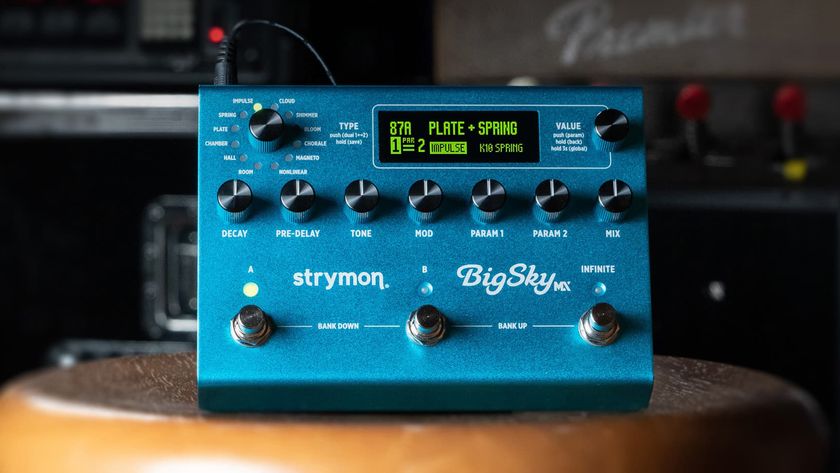
"BigSky MX will be replacing the BigSky as my go-to reverb pedal. I’ve heard nothing that covers all the bases with such pristine and detailed audio quality." We crowned the Strymon BigSky MX the champ of multi-reverb pedals
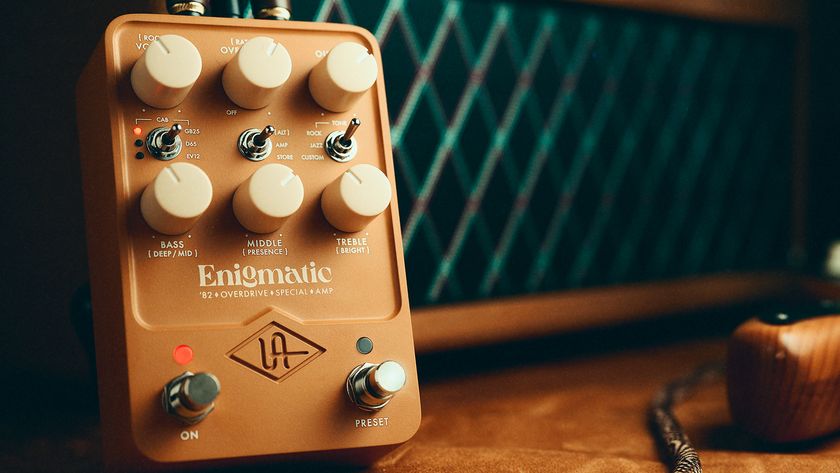
“The pedal is scary good. I haven’t met a guitar player yet who disagrees." Does the new Universal Audio Enigmatic ’82 Overdrive Special Amp pedal capture that Dumble magic? We compared notes with Dumble aficionado Ben Harper
